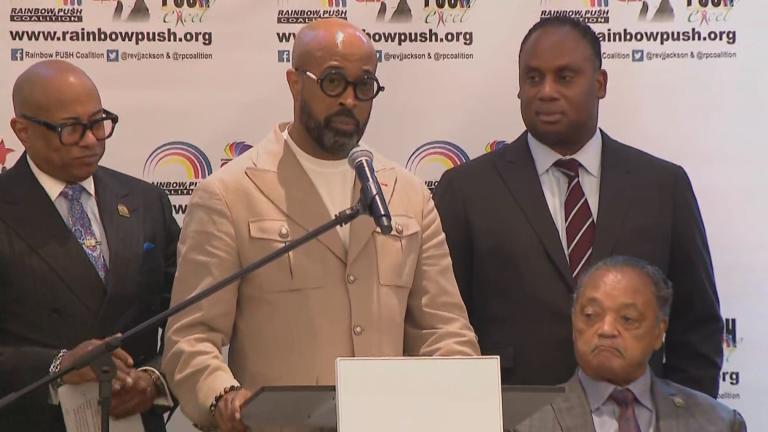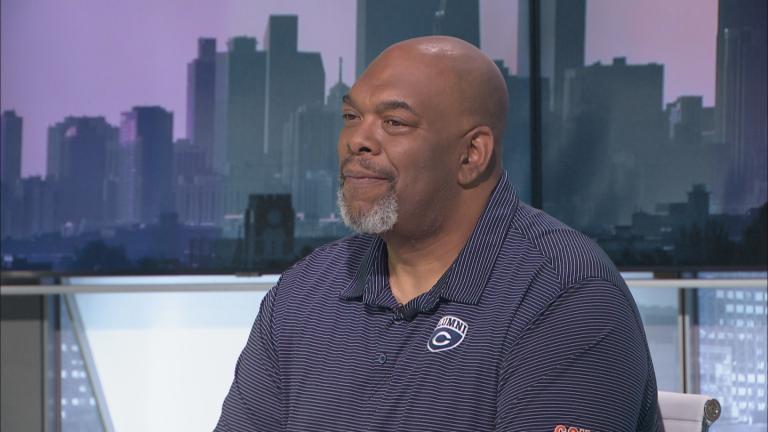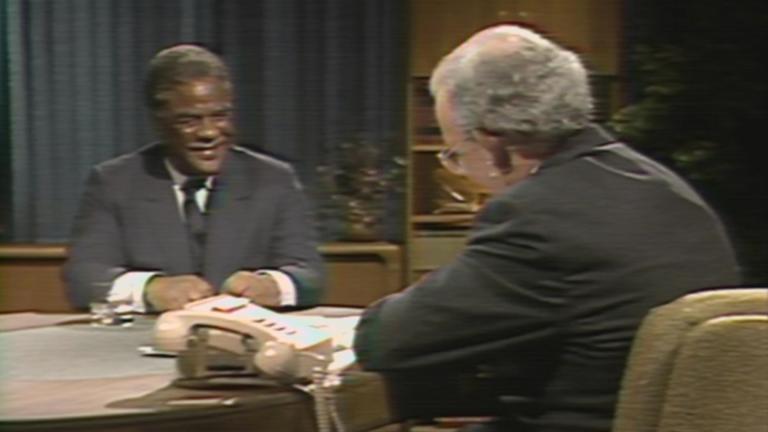The release of graphic video showing the fatal police shooting of Dexter Reed has raised questions over the use of deadly force by Chicago police officers.
The footage of officers firing at Reed following a March 21 traffic stop, including after he exited his SUV apparently unarmed, has caused outrage with Chicago’s Black community and led to demands for change — and accountability — for the police officers involved.
According to the Civilian Office of Police Accountability, which investigates police misconduct, preliminary evidence “appears to confirm” that Reed fired first, wounding an officer, before four officers responded by firing 96 shots in a matter of 41 seconds.
Read More:
- 4 Chicago Police Officers Fired at Dexter Reed 96 Times in 41 Seconds After He Shot Officer in Arm: COPA
- COPA Chief Raises Concerns About Why Police Pulled Over Dexter Reed Before Deadly Shooting
- When Can Chicago Police Officers Use Force? Here’s What to Know
The Rev. John Abercrombie, senior pastor at Zoe Life Ministries International and pastor to Reed’s family, said he was shocked when he watched the video of the encounter with Reed’s family.
“It was just horrific to see what took place after seeing how the police approached him,” Abercrombie said. “The whole event itself was just very traumatic, and it was really traumatic for the family.”
Abercrombie noted that one of the officers in the video fired 48 shots and that he reloaded three times.
The Rev. Janette Wilson, senior advisor to the Rev. Jesse Jackson Sr. and the Rev. Frederick Haynes III at the Rainbow PUSH Coalition, said she has questions over why officers even chose to stop Reed in the first place.
“Why did he get stopped?” Wilson said. “These were not uniformed police officers. They were in an unmarked car. They were in plain clothes. So you would not know that they were police officers in the first place. It is rare that a (tactical) team would do a traffic stop about a seat belt that they couldn’t see.”
According to COPA, the police officers involved in the shooting said they initiated the traffic stop after seeing Reed driving without wearing a seat belt. However, Reed’s vehicle had tinted windows, leading many observers to question how those officers could have seen whether Reed was wearing a seat belt.
“They moved the (police) car in front to block his forward movement,” Wilson said. “What was that all about? That couldn’t have been about a seat belt. So we want to know why was the (tactical) team there? Why did they decide to target him? And then how much force do you need to stop one man?”
COPA said that initial analysis of the video and audio evidence, along with officer accounts, appears to indicate Reed fired first before officers responded with a barrage of gunfire.
But Frank Chapman, educational director and field organizer at the Chicago Alliance Against Racist Repression, said he has doubts about that account.
“There must be another video because the video that I saw, that’s not clear,” Chapman said. “The video that I saw, I didn’t see Reed making a shot.”
Chapman said the city’s long history of police violence directed against Chicago’s Black community has left many skeptical of police actions and the official narrative of events.
“A large number of us in the community don’t trust what the police say about these things because they’ve been dishonest in the past,” Chapman said. “They’ve covered up their crimes, and if the only report you got is a report from the police, then that’s all you got because the dead person cannot give you anything.”
Arewa Karen Winters, founder of the 411 Movement for Pierre Loury, named after her great nephew who was shot and killed by police in 2016, said she has questions over why the officers did not identify themselves before the encounter escalated.
“Police officers are supposed to identify themselves before they execute legal lethal force,” Winters said. “I didn’t hear that (in the video). When the video starts, I didn’t hear any de-escalating techniques. Everything I heard was escalated. So they created a critical situation for that young man. They put that young man in an extremely volatile, probably reactionary situation. So I don’t want to start with what he did. I want us to continue to start with what they (the police officers) did.”
A Safer City is supported, in part, by the Sue Ling Gin Foundation Initiative for Reducing Violence in Chicago.








